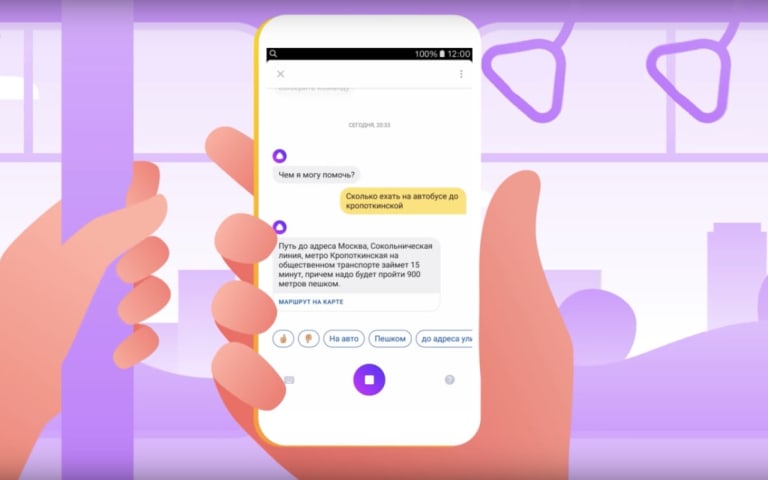Description: On September 8, 2020, the Guardian published an op-ed generated by OpenAI’s GPT-3 text generating AI that included threats to destroy humankind. This incident has been downgraded to an issue as it does not meet current ingestion criteria.
Entidades
Ver todas las entidadesClasificaciones de la Taxonomía CSETv0
Detalles de la TaxonomíaProblem Nature
Indicates which, if any, of the following types of AI failure describe the incident: "Specification," i.e. the system's behavior did not align with the true intentions of its designer, operator, etc; "Robustness," i.e. the system operated unsafely because of features or changes in its environment, or in the inputs the system received; "Assurance," i.e. the system could not be adequately monitored or controlled during operation.
Specification
Physical System
Where relevant, indicates whether the AI system(s) was embedded into or tightly associated with specific types of hardware.
Software only
Level of Autonomy
The degree to which the AI system(s) functions independently from human intervention. "High" means there is no human involved in the system action execution; "Medium" means the system generates a decision and a human oversees the resulting action; "low" means the system generates decision-support output and a human makes a decision and executes an action.
Medium
Nature of End User
"Expert" if users with special training or technical expertise were the ones meant to benefit from the AI system(s)’ operation; "Amateur" if the AI systems were primarily meant to benefit the general public or untrained users.
Amateur
Public Sector Deployment
"Yes" if the AI system(s) involved in the accident were being used by the public sector or for the administration of public goods (for example, public transportation). "No" if the system(s) were being used in the private sector or for commercial purposes (for example, a ride-sharing company), on the other.
No
Data Inputs
A brief description of the data that the AI system(s) used or were trained on.
Unlabeled text drawn from web scraping
Clasificaciones de la Taxonomía CSETv1
Detalles de la TaxonomíaIncident Number
The number of the incident in the AI Incident Database.
85
Estimated Date
“Yes” if the data was estimated. “No” otherwise.
No
Lives Lost
Indicates the number of deaths reported
0
Injuries
Indicate the number of injuries reported.
0
Estimated Harm Quantities
Indicates if the amount was estimated.
No
There is a potentially identifiable specific entity that experienced the harm
A potentially identifiable specific entity that experienced the harm can be characterized or identified.
No
Informes del Incidente
Cronología de Informes

github.com · 2022
- Ver el informe original en su fuente
- Ver el informe en el Archivo de Internet
Los siguientes incidentes anteriores se han convertido a "problemas" luego de una actualización de definición de incidentes y criterios de ingestión.
21: Una prueba de Turing más dura expone la estupidez de los chatbots
Descripción: El Wino…
Variantes
Una "Variante" es un incidente que comparte los mismos factores causales, produce daños similares e involucra los mismos sistemas inteligentes que un incidente de IA conocido. En lugar de indexar las variantes como incidentes completamente separados, enumeramos las variaciones de los incidentes bajo el primer incidente similar enviado a la base de datos. A diferencia de otros tipos de envío a la base de datos de incidentes, no se requiere que las variantes tengan informes como evidencia externa a la base de datos de incidentes. Obtenga más información del trabajo de investigación.
Incidentes Similares
Did our AI mess up? Flag the unrelated incidents
Incidentes Similares
Did our AI mess up? Flag the unrelated incidents



